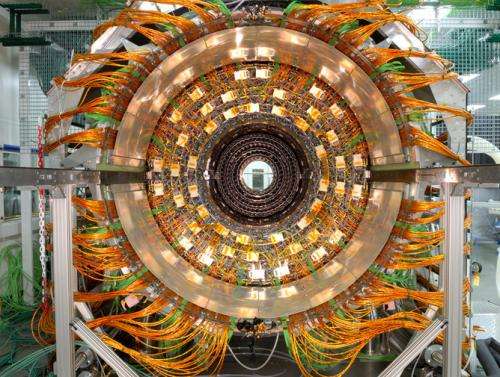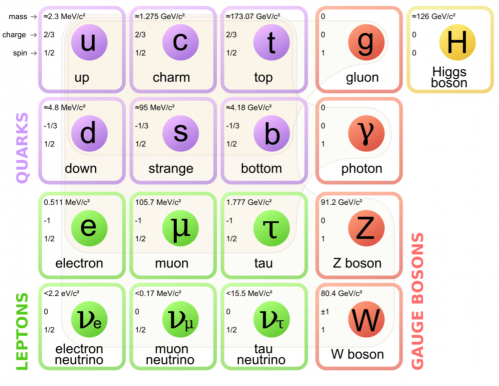What will we find next inside the Large Hadron Collider?

The Large Hadron Collider, the world's largest scientific experiment, is due to restart this month after two years of downtime for maintenance and upgrading. There's no doubt that having played its role in the discovery of the Higgs boson in 2012, what the media christened the "God particle", expectations for what the 27km particle accelerator at CERN could achieve this time have certainly been set high.
The Higgs boson is a possible explanation for the origin of mass, something predicted in 1964 by Peter Higgs and several other physicists, and the discovery of which led to the award of a Nobel Prize for physics for Higgs and François Englert in 2013.
So why did it take so long to discover it? As Einstein showed in his mass-energy equivalence (E=MC2), the mass of a particle is a measure of its energy content. If a particle is more massive, it has a greater energy content, and conversely to create a massive particle requires a great deal of energy. So simply put, it wasn't until the Large Hadron Collider (LHC) was capable of colliding beams of protons with sufficient energy that the Higgs Boson could be created with its mass of 126 billion electron volts (gigaelectronvolts, or GeV). In particle physics it is usual to give masses in terms of energy, and while 126GeV is equivalent to only 2.24x1025kg, this mass is about 127 times larger than a single proton.
So the intention is that following a two-year upgrade the LHC's new, more powerful electromagnets will be sufficient to accelerate two beams of protons to 6.5 trillion electron volts (teraelectronvolts, or TeV), increasing the potential collision energy from 8TeV in 2012 to 13TeV. And with greater collision energy comes the possibility of creating and detecting new particles of even greater mass. The expectation is that the LHC's experiments could uncover new particles known as Z particles, new Higgs bosons, and even particles of dark matter.
From Higgs to Z
Discovered at CERN in 1983, the Z particle is a force carrier – a particle that carries one of the four fundamental forces of nature: the gravitational, electromagnetic, strong and weak forces. The Z particle carries the weak force, which is implicated in subatomic reactions. A related, theorised particle that could be next to be discovered is the Z prime particle, or Z'. This would help our understanding of gravitons, the carriers of the gravitational force that are theorised but have not yet been detected.

Taking the constituents of the universe as a whole, we have a good understanding of about 5% of it. The remaining 95% is made up of about 68% dark energy and 27% dark matter. With a little over 84% of the universe's mass being dark – not detectable by any known means – if the LHC can in some way shed some light on the nature of this matter it will move our understanding of the universe forward.
With an upgraded LHC able to provide higher collision energies and the possibility of creating new particles – whether those currently theorised or not – it will have a significant impact on our fundamental understanding of the laws of nature and the accepted model that is used to try and explain them.
Some may point to the cost of the LHC upgrade, estimated at around £70m, as a cost beyond the public purse in these cash-strapped times of austerity. But the possibilities for what it can add to our understanding of the world cannot be ignored either, nor the benefits they might have in other areas, for example medical imaging. Considering how regularly sums far larger than £70m of taxpayers' money are squandered, CERN's role as a global educational tool for physicists, mathematicians and engineers must be considered excellent value for money.
Source: The Conversation
This story is published courtesy of The Conversation (under Creative Commons-Attribution/No derivatives).
![]()




















